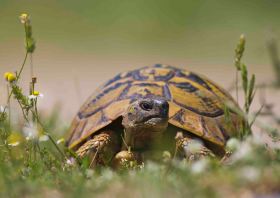I spent last weekend at my sister-in-law’s excellent 50th birthday bash with her and her husband. What made it even more pleasant was the fact that the rented house was situated on the North Norfolk coast allowing visits to Titchwell, Cley and several other bird-rich places in between. There was nothing unusual around but, living in North Yorkshire where we’re not blessed with huge numbers of birds in winter, it was just great to be in amongst so many birds. Huge flocks of Scoter were out at sea, hundreds of Teal and Pintail dabbled on the pools and, of course, thousands of Pink-footed and Brent Geese criss-crossed the marshes.
Over breakfast on Sunday there was discussion of where to go for a couple of hours before people began heading home. News of a dead Sperm Whale along the coast at Hunstanton had just broken and we decided to go and have a look.
And what a sight it was.  Several hundred people were making the pilgrimage along the beach from the car park towards what, from a distance, looked like a huge grey chunk of cliff lying on the beach. As we neared we could make out the whale’s features alongside, symbolically, the skeletal remains of a shipwreck. The rock pools were red, full of blood trickling from the carcass, the eyes and blowhole closed for the last time.
Several hundred people were making the pilgrimage along the beach from the car park towards what, from a distance, looked like a huge grey chunk of cliff lying on the beach. As we neared we could make out the whale’s features alongside, symbolically, the skeletal remains of a shipwreck. The rock pools were red, full of blood trickling from the carcass, the eyes and blowhole closed for the last time.
 People expressed awe and wonder, amazed at the sheer scale of the creature. Most, though, spoke of sadness. Many comments expressed sympathy for the whale and its unfortunate end.
People expressed awe and wonder, amazed at the sheer scale of the creature. Most, though, spoke of sadness. Many comments expressed sympathy for the whale and its unfortunate end.
When people come across an injured or dead animal like this they are concerned. If it’s still alive they may go out of their way to help, take it to a rescue centre or the vets. When a whale becomes stranded it makes the news. People care.

So we don’t need to educate the public to care about animals – it’s clear they already do. The new season of ‘Winterwatch’ will be popular, and people will happily identify with ‘Ollie the Otter’ or ‘Harry the Hare’ and want to know, in the manner of a soap opera, what will happen next in the lives of these animals. People can identify closely with an individual creature. We want to know details about its life. We can sympathise with its plight and be sad when it dies. 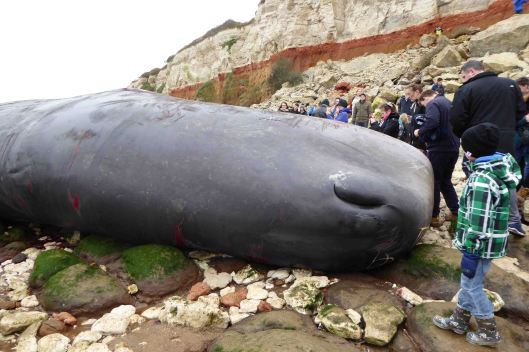
But this is the crux – we are often unable to take that next step, of seeing the bigger picture beyond the individual. How many of the thousands of people who made the pilgrimage along Hunstanton – and subsequently Skegness – beaches translated their awe, sadness and concern into some kind of action? How many extended their concern for a dead whale to concern for living whales? Happy to pay for car-parking and maybe a coffee nearby but how many have subsequently joined Greenpeace or a whale and dolphin conservation group? A vanishingly small number I would suggest. And this, in a nutshell, is a huge problem for the conservation movement as a whole. How can we tap into this individualisation of nature that people identify with so readily? How can we find ways to get people to see beyond Harry the Hare or Willy the Whale and to engage with the bigger picture of what is happening to others of their kind? 
If we could do this then the groundswell of the conservation movement would develop real momentum and the deaths of these whales – and other similar individual events – would be a catalyst for a whole new level of caring and concern.
If you have been moved by the recent whale strandings why not join one – or more – of the following, and get your friends to do the same:

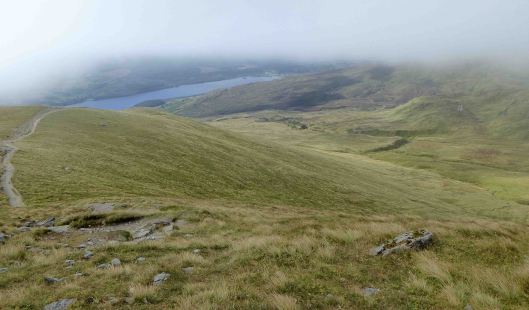


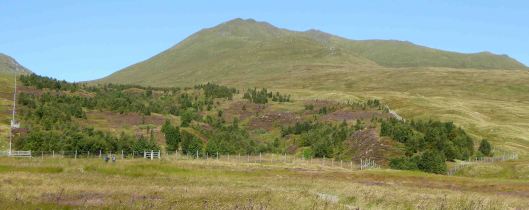
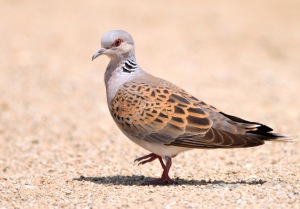




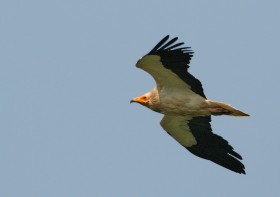









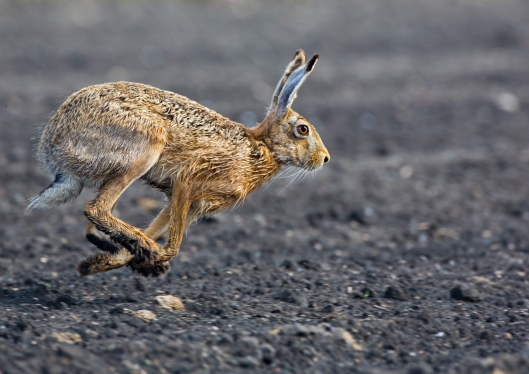
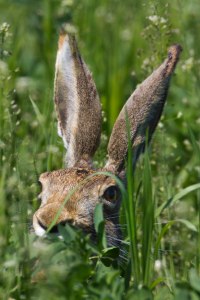

 running scared. Maybe in the future we will see Hen Harriers and other raptors living unmolested on our grouse moors. Let’s hope so, but it could be some time in coming. Nevertheless, I’m in it for the long haul.
running scared. Maybe in the future we will see Hen Harriers and other raptors living unmolested on our grouse moors. Let’s hope so, but it could be some time in coming. Nevertheless, I’m in it for the long haul.




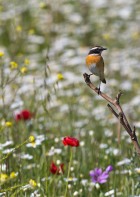
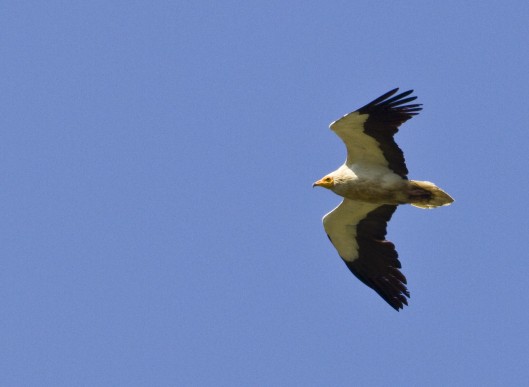


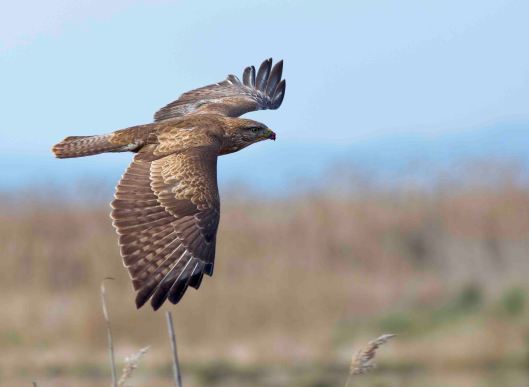
 It’s easy to get disheartened in this world we’ve made, where wild things are of so little importance to so many people, where they are shot for fun and their habitats are trashed in the name of ‘progress’. However, there are still places where people are working hard to preserve the wild things and their habitats. Lake Kerkini, in Northern Greece, is a case in point.
It’s easy to get disheartened in this world we’ve made, where wild things are of so little importance to so many people, where they are shot for fun and their habitats are trashed in the name of ‘progress’. However, there are still places where people are working hard to preserve the wild things and their habitats. Lake Kerkini, in Northern Greece, is a case in point.
 There is an area of trees to the north of the lake that, as the water level rises in spring, becomes a ‘drowned forest’ as it stands in over a metre of water. This provides a perfect nest site for thousands of water birds, including cormorants, herons and egrets.
There is an area of trees to the north of the lake that, as the water level rises in spring, becomes a ‘drowned forest’ as it stands in over a metre of water. This provides a perfect nest site for thousands of water birds, including cormorants, herons and egrets.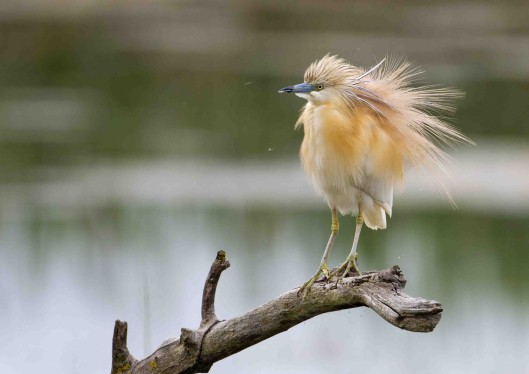



 A masked shrike leapt up from the track. A hoopoe flew over with its ‘butterfly’ flight. A lesser spotted eagle rose from a field of poppies. Penduline tits called their mournful ‘siuu’. A tortoise ambled past and a black kite scooped a fish from the lake surface.
A masked shrike leapt up from the track. A hoopoe flew over with its ‘butterfly’ flight. A lesser spotted eagle rose from a field of poppies. Penduline tits called their mournful ‘siuu’. A tortoise ambled past and a black kite scooped a fish from the lake surface.